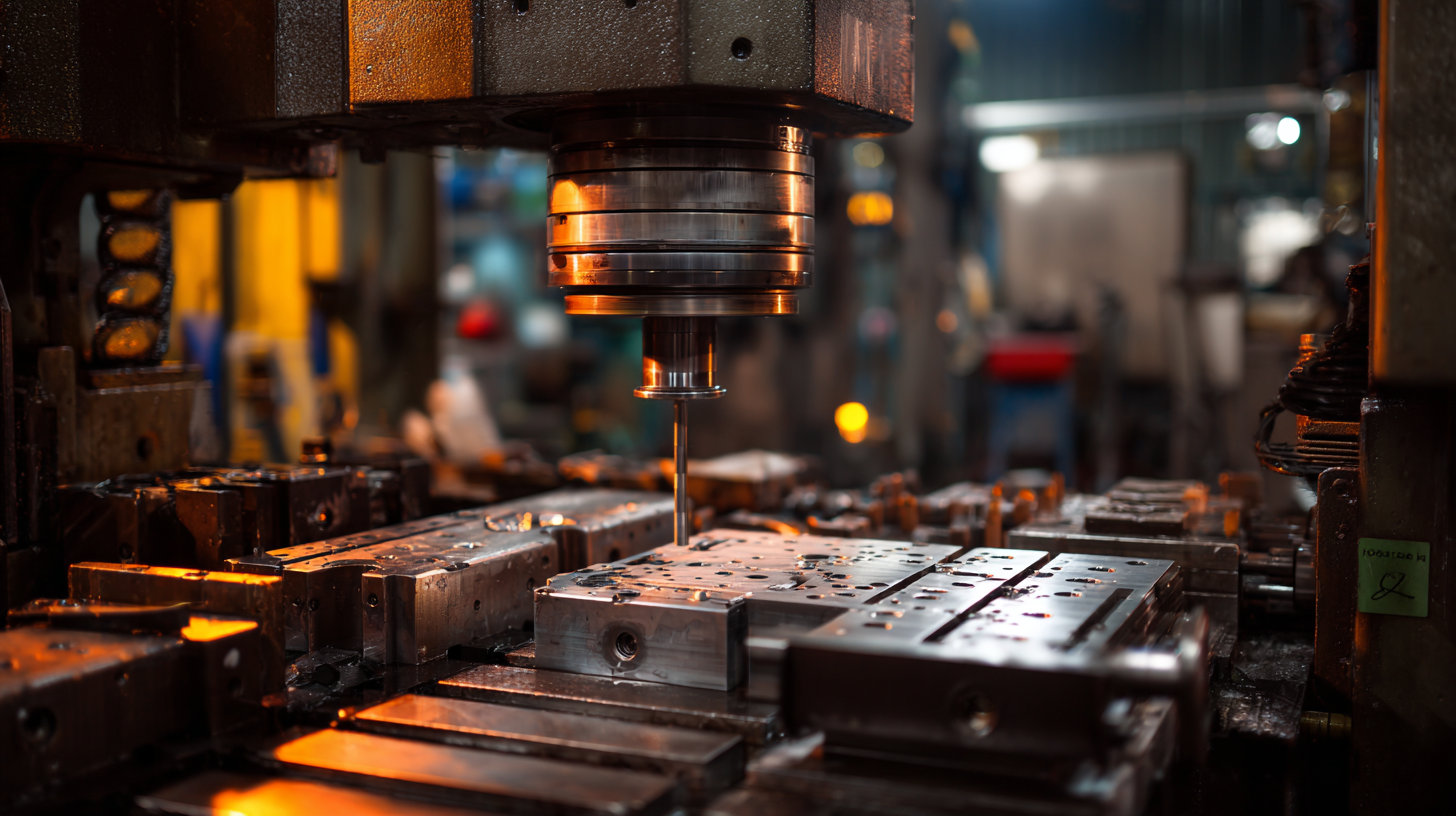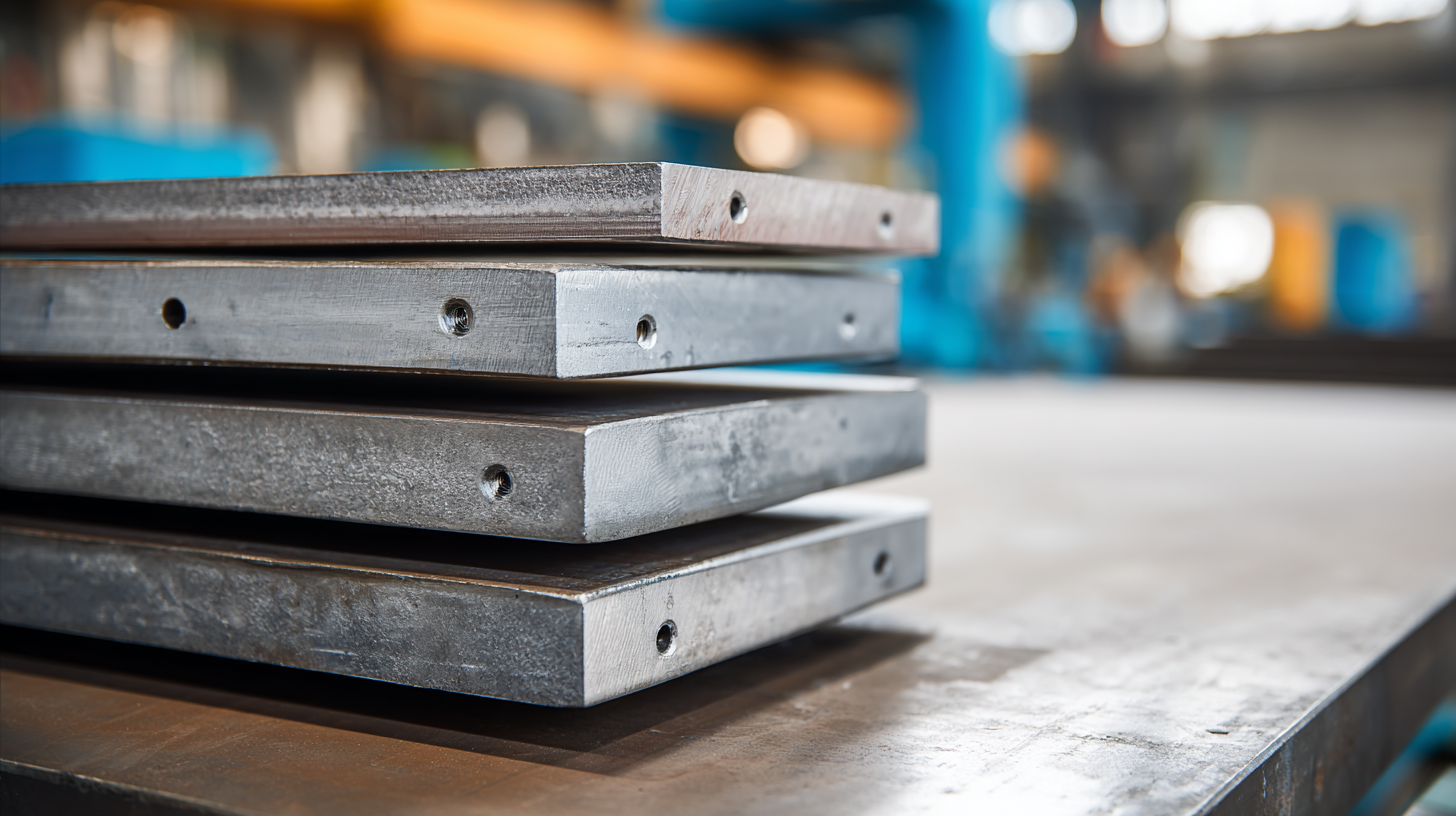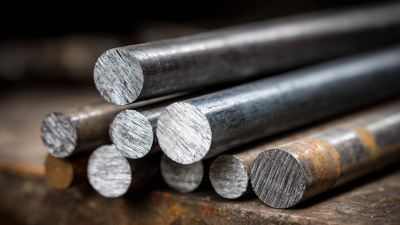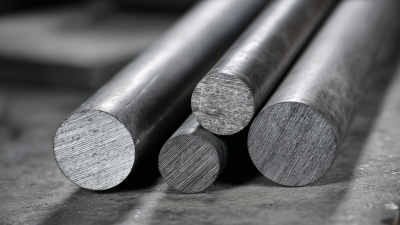How to Select the Right Cutting Tool Plates for Your Manufacturing Needs
Selecting the right cutting tool plates is a crucial decision for any manufacturing process, as it directly impacts efficiency, quality, and cost-effectiveness. With a myriad of options available on the market, understanding the specific requirements of your operations is essential for making an informed choice. This guide aims to help manufacturers navigate through the complexities of cutting tool plate selection by offering key insights into material types, design considerations, and performance characteristics. By aligning the right cutting tool plates with your manufacturing needs, you can enhance productivity and ensure consistent results. Whether you are engaged in precision machining, large-scale production, or anything in between, knowing how to choose the appropriate cutting tool plates will empower you to optimize your manufacturing processes and achieve your desired outcomes.
Identify Your Manufacturing Requirements and Material Types
When selecting the right cutting tool plates for your manufacturing needs, it is crucial to first identify your manufacturing requirements and the types of materials you will be working with. According to a 2020 report by the American Cutting Tools Association, approximately 70% of tool failures are directly related to improper selection, highlighting the importance of matching the right tools to specific manufacturing tasks.
 For instance, high-speed steel (HSS) tools are generally recommended for softer materials like aluminum and plastics, whereas carbide tools perform better with harder materials such as stainless steel and titanium.
For instance, high-speed steel (HSS) tools are generally recommended for softer materials like aluminum and plastics, whereas carbide tools perform better with harder materials such as stainless steel and titanium.
Material types significantly influence the performance and longevity of cutting tool plates. A study from the International Journal of Advanced Manufacturing Technology indicated that carbide plates can offer a significantly higher wear resistance—up to 25 times—compared to HSS, depending on the application. Additionally, considering specifics like cutting speeds, feed rates, and the tooling geometries necessary for your specific materials can lead to greater efficiency and reduced production costs. Understanding the characteristics of your raw materials, such as hardness and toughness, will enable you to make informed decisions about your tool plate selection, ultimately optimizing your manufacturing process.
Understand the Different Cutting Tool Plate Materials Available
When selecting cutting tool plates for manufacturing needs, understanding the available materials is crucial. Cutting tool plates can be made from a variety of materials, each offering unique properties suited for different applications.
High-speed steel (HSS) is a popular choice for its toughness and ability to retain hardness at elevated temperatures. This makes it ideal for general machining tasks where durability is required.
Carbide, particularly tungsten carbide, is another prevalent material used in cutting tools. Its hardness and wear resistance make it optimal for high-speed machining and operations that involve abrasive materials. Additionally, modern advancements have led to the development of coated cutting tools, where materials like titanium or aluminum oxide are applied to enhance performance. These coatings can significantly extend tool life and improve surface finish. Understanding these materials will help manufacturers choose the right cutting tool plates that align with their specific machining processes and performance expectations.
Evaluate Tool Geometry and Its Impact on Performance
When selecting cutting tool plates for manufacturing needs, understanding tool geometry is crucial as it directly impacts performance. Recent innovations in drill geometries, particularly for dry drilling stainless steel, highlight the importance of stability and reliability. The introduction of a novel geometry alongside modified chip breaker designs demonstrates how tailored geometries can enhance the machining process by optimizing chip removal and reducing wear.
Moreover, the relationship between tool geometry and the application of minimum quantity lubrication (MQL) systems has opened new avenues for improving machinability, specifically for challenging materials like nickel-based superalloys. By optimizing hybrid nanofluid lubrication, manufacturers can improve efficiency while maintaining surface integrity. The exploration of dual textured tools in various machining operations underscores the necessity for advanced geometries that accommodate both the material properties and the machining environment, ultimately leading to better tool life and performance.
Cutting Tool Plates Performance Analysis
Consider Coatings and Treatments for Enhanced Durability
When selecting cutting tool plates for your manufacturing needs, one critical aspect to consider is the coating and treatments applied to the tools. According to a report from the Global Cutting Tool Market Research Institute, tools with advanced coatings can improve tool life by 40% to 60% compared to uncoated counterparts. Coatings such as TiN (Titanium Nitride), TiAlN (Titanium Aluminum Nitride), and DLC (Diamond-Like Carbon) enhance durability by providing a hard surface that reduces wear, heat, and friction. This can result in increased productivity and lower maintenance costs for manufacturers.
Tips: Always evaluate the specific machining requirements of your operation. For high-speed applications, TiAlN coatings are often preferred due to their heat resistance, while TiN is more suited for general-purpose machining. Moreover, consider tools with multilayer coatings to achieve a balance between toughness and wear resistance.
Additionally, surface treatments such as nitriding or plasma coating can further enhance the performance of cutting tool plates. Research indicates that applying such treatments can lead to a reduction in tool failure rates by up to 30%, allowing for longer machining cycles. When choosing tools, always factor in the specific alloys you'll be cutting and their corresponding characteristics; this can significantly affect the longevity and efficiency of your tooling solutions.
Analyze Cost-Effectiveness and Longevity of Tool Plates
When selecting cutting tool plates for manufacturing, cost-effectiveness and longevity are paramount considerations. According to a recent report by the Manufacturing Institute, 75% of manufacturers identify tool wear and replacement costs as significant factors affecting their bottom line. Choosing the right tool plates can lead to reduced operational expenses over time, as high-quality materials often have a longer lifespan, minimizing the frequency of replacements.
The longevity of tool plates is heavily influenced by their material composition and design. For instance, carbide and ceramic plates generally offer superior wear resistance and can remain operational for up to three times longer than standard high-speed steel counterparts. A study published in the Journal of Manufacturing Processes highlights that investing in premium quality tool plates can result in a lower cost-per-part produced, with some manufacturers reporting savings of up to 20% on production costs. Understanding these dynamics not only aids in reducing expenses but also enhances operational efficiency, allowing manufacturers to remain competitive in a rapidly evolving market.

Home
About Us
Products
Solid Carbide Rods
Carbide Rods with coolant holes
Carbide Rods with Two Helix Holes
Tungsten Carbide Flats
Solid Carbide Discs
Tungsten Carbide anti-vibration cylindrical shafts
Non-standard Customized Carbide Blanks
Solid Carbide Circular Saw Blade
Solid Carbide Woodworking Blade
Solide Carbide End Mills
Solid Carbide Drills
Carbide Rotary Burrs
Customized Carbide Tools
News
FAQS
Contact Us








